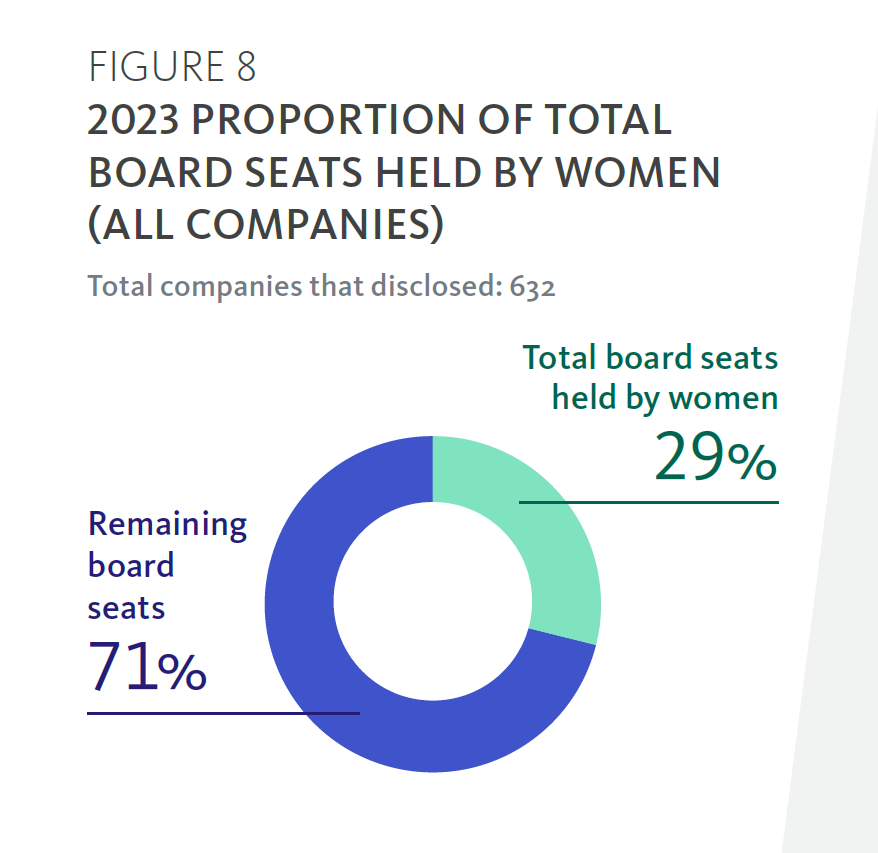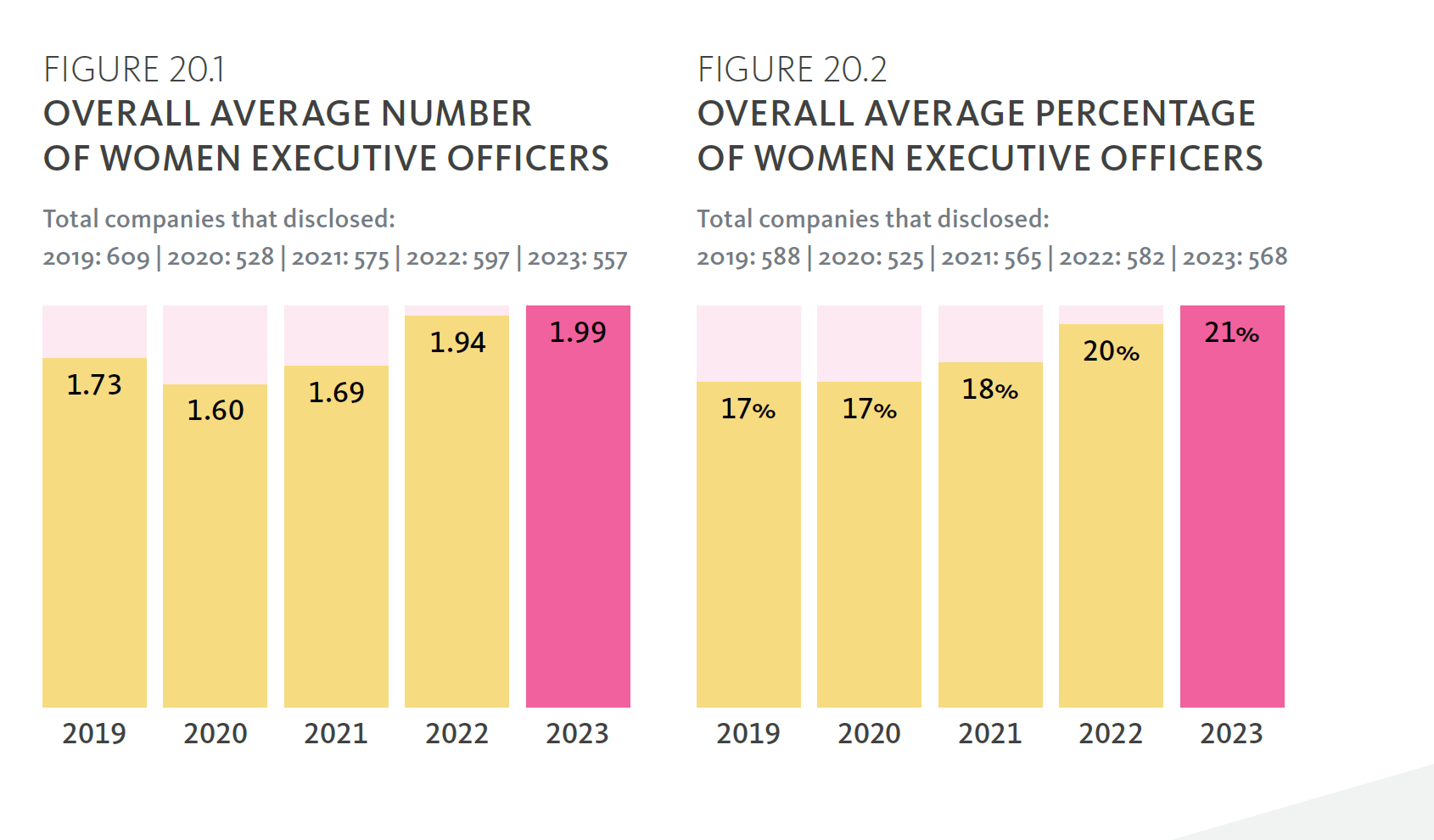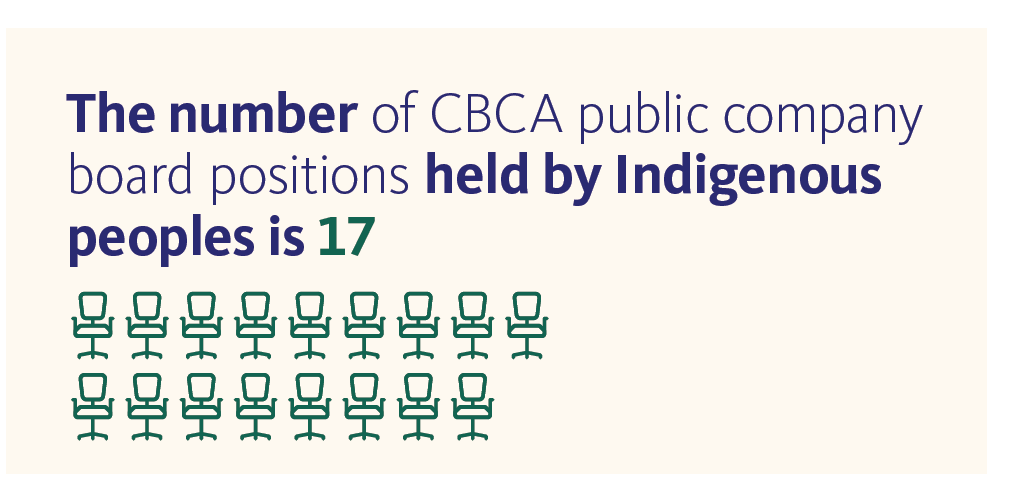Authors examine strides made to increase corporate diversity

Compared to last year’s findings, the 2023 Diversity Disclosure Practices: Diversity and leadership at Canadian public companies report produced by Osler, Hoskin & Harcourt LLP is a bit light on breakthrough news. But its findings are still worth noting, according to one of the report's co-authors.
“Last year, there were some significant milestones that we crossed in terms of the percentage of women on boards generally – we crossed the 25 percent threshold for the first time for TSX listed companies as a whole, and we crossed one-third for the S&P/TSX Composite Index companies. This year was more of a steady-as-you-go year,” says John Valley, a partner in the firm’s corporate group and chair of its environmental, social and governance practice.
“The continued relatively higher rate at which women are being added to boards is important. That is really the only way we’re going to make progress over time towards parity. And we saw an increase this year, where women were being appointed to fill vacant or newly created board seats over 45 percent of the time. That’s up a couple of percent from last year… The continued rate at which women are being appointed to fill those empty board seats or those newly created board seats is really going to be the marker for how we continue to see progress.”
Latest News

Even with nearly half of all new board appointments going to women, women still make up less than one-third of board members in Canada. According to figures in the report based on disclosures from 632 companies, in mid-year 2023, out of 5,016 total board positions, 1,429 are held by women. That means women have 28.5 percent of board seats, which the report describes as a “steady increase of 2.5 percentage points from mid-year 2022.”
Breaking those numbers down further, women occupy 234 out of 612 total board seats (or 38.2 percent) available on S&P/TSX 60 companies and 36.2 percent (or 740 out of 2,045) board seats on companies listed on the S&P/TSX Composite Index.
The report indicates, “These results are broadly on par with the progress made in the U.S. and Australia, but lag the U.K. where women held 40.2 percent of the board seats among the FTSE 350 in 2022.”
Valley says that by issuing public reports on the matter, the governments and regulators in the UK have pushed the topic of board makeup onto the public agenda and increased awareness of the need for more diverse and gender-balanced boards.
“Those reports have had an influence on public behaviour. They have set out, not quotas, but public statements of where the Parker Review and other reports think UK public companies should be. That act of public target setting has made a difference. And we haven’t had that same degree of formal articulation by a body with respect to what the appropriate level of representation of women or visible minorities on boards in Canada should be. And that’s part of the reason why the UK has an edge.”
The report looks at the targets Canadian companies have set for themselves regarding women on boards. It concludes that “Among the 278 companies that have adopted targets for women directors, almost two-thirds (66.9 percent) have adopted a target of 30 percent, reflecting both the fact that women hold almost 30 percent of all board seats among TSX-listed companies and the impact of institutional investor voting policies. The next most frequent targets for women directors were, in order, 40 percent, 33 percent and 25 percent.”
With companies coming close to reaching those targets, Valley says future report writers will have an eye on what happens next.
“One of the things we will be watching very closely for is what happens from here and whether companies are prepared to continue to increase the targets, particularly the largest companies, as they tend to be the ones with higher targets. And as other issuers reach their targets, will we see them continue to push on beyond 30 percent and up towards 40 percent or beyond?”
Whereas the number of women on boards is increasing, the number of women executives and women in the C-suite hasn’t experienced the same growth.
“That's a trend that is, unfortunately, consistent over time in Canada. We’ve seen some increase, but it certainly hasn’t been at the same rate. But it’s also a trend that’s consistent across jurisdictions. It is an area where there remains work to be done,” says Valley.

The figures in the report indicate that the number of women in executive roles barely crept up between 2022 and 2023, increasing from 1.94 women executive officers per company last year to 1.99 this year. Those figures are based on disclosures from 557 companies accounting for 1,108 executive officer positions held by women. In terms of percentages, in 2022, 19.8 percent of executives were women. In 2023, 20.8 percent are.
In addition to the status of women in Canadian businesses, Osler’s report also examined how well visible minorities, Indigenous peoples, and persons with disabilities are faring compared to last year. The results are not very encouraging.

Indigenous people are barely represented in companies that are required to report under Canada Business Corporations Act (CBCA) regulations.
“Proportionally, the representation of Indigenous peoples, both on boards and executive officer positions is very low. They’re five percent of the Canadian population based on the most recent census data and currently hold less than one percent of the board seats,” says Valley.
Where Valley sees some measure of improvement – even if it is a small one – is in the number of visible minorities holding board seats.
“Last year, we had noted that members of visible minorities, Indigenous people, and persons with disabilities, together, were over 10 percent of the director population from the CBCA corporations that provided disclosure. This year, members of visible minorities on their own exceeded that 10 percent threshold. Again, this is still comfortably below the percentage of the population, which is 27 percent based on the census data, but it is over 10 percent, and that’s a two percentage point increase from last year – with 8.3 percent last year and 10.2 percent this year – so there’s progress, but clearly a lot of work still to be done.”
He adds that an increase of two or three percent was typically the growth rate seen as the number of women on boards expanded.
Valley points to one significant change in visible minority representation, and that came in the executive suite. The number of visible minority executives in 2023 is 0.88 per company. In 2022, the number was 0.68. “If there is a good news story on the executive and officer side, this is probably it,” he adds.
One trend that came to light in 2023, and the report notes, is shareholders pushing for racial equity audits, mainly because of investor advisory groups such as Glass Lewis and ISS.
“There are some broader developments on supply chain human rights with the Modern Slavery Act that was passed earlier this year, and that will come into force in January that will keep some of these sorts of issues top of mind… and that will probably remain on the agenda for 2024.”
Another issue expected to garner future attention is reporting on the numbers of LGBTQ2S+ board and executive members due to the Canadian Securities Administrators (CSA) looking to add that category to its disclosure requirements. The submission period for comments closed on September 29 regarding the changes, and now, everybody is waiting for the CSA to respond.
“We’ll probably hear from them in the next few months with proposals,” says Valley. “It would be a very tight turnaround to have the proposed instrument in place for the next proxy season, but it’s an important issue, so it’s hard to rule out anything.”
In addition to compiled data, the Osler report includes samples of actual disclosure language from Canadian companies. Valley stresses the importance of that section of the report, noting that companies struggling to articulate their diversity journeys can look to real-life examples. And the examples aren’t always positive stories.
“We even include examples from companies basically saying, ‘we’re not where we want to be on diversity. We’ve got some challenges.’ And they talk about the challenges that they're facing,” explains Valley.
While he is reluctant to single any particular company out, when asked to name a business with a disclosure worthy of attention, he points to Maple Leaf Foods and its holistic approach to diversity.
“They talked about how they incorporate some of their diversity practices into a strategic initiative. That’s something that’s worth talking about because it takes it out of the DEI [diversity, equity and inclusion] bucket and puts it in the context of the corporation more generally – what they’re doing, how they’re thinking about business and the role DEI plays in advancing the business as a whole. It becomes an imperative rather than a metric.”






